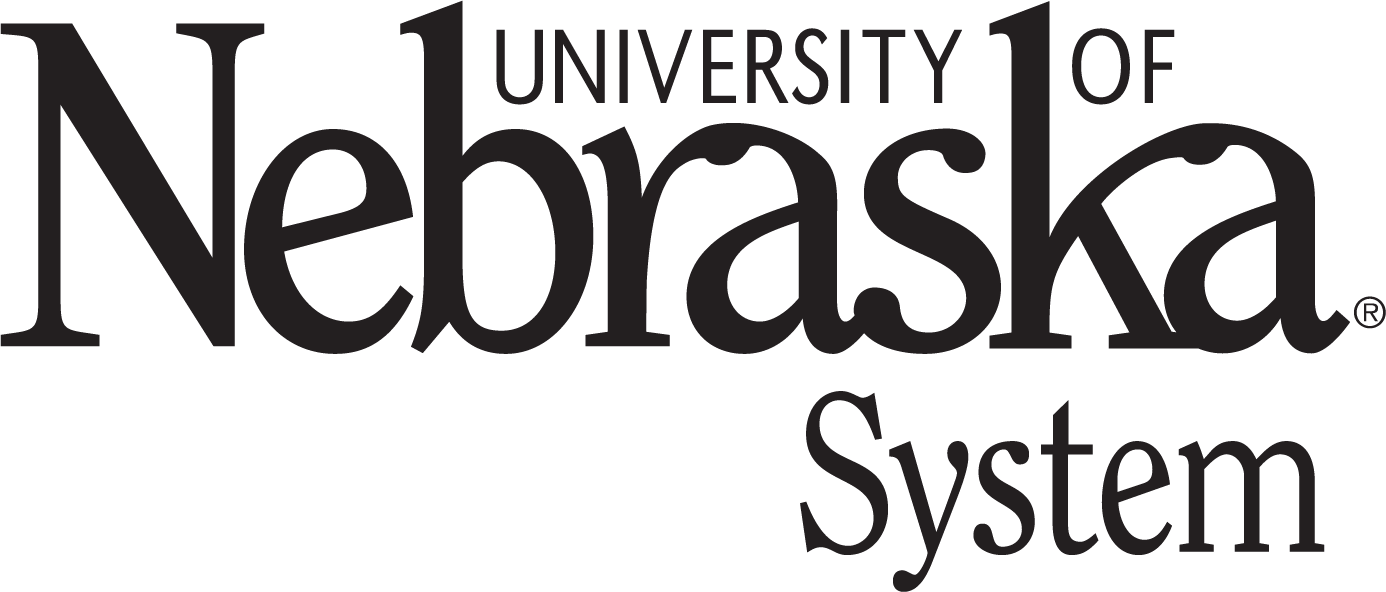1 Chapter 1: History of FLOURISH
As an occupational therapist, I have practice experience working with adults and older adults in a variety of settings, many who experience one or more chronic conditions. As a scholar, I have conducted several systematic reviews and written practice guidelines on topics such as productive aging, chronic conditions, low vision in older adults, and Alzheimer’s disease and related neurocognitive disorders. As an educator, I train future occupational therapy professionals. Over a decade ago, these three worlds collided when I saw a growing need for health management education, stress reduction, and healthy habit formation among my students. Young adults need to develop healthy habits early to reduce the rate of chronic conditions later in life and to bring their best selves to the therapeutic relationships they have with their clients. A scholarly project in collaboration with doctoral occupational therapy students was one strategy to address this growing need.
There was strong student interest in this topic. In 2016 I began working with several students to study this need and over several years we conducted background research and data gathering around the health and well-being of graduate level health professional students, specifically occupational therapy students. Some of this background work led to peer-reviewed publication. Through this work we discovered the need for programming about well-being for occupational therapy students, ideally integrated into the curriculum, and focused on the development of community. We first developed the Facilitating Learning and Occupational Well-Being Using Research-Based Initiatives for Student Health (FLOURISH) theoretical approach rooted in the Person-Environment-Occupation Performance Model. We then developed an 8-session program based on the model that covered person, environment, and occupational factors of health and well-being for graduate students. We piloted the program in fall of 2020 in an online format (due to the pandemic) as an optional program outside the OT curriculum.
Since that first pilot, the program has been implemented two additional times (2022 and 2023), using similar versions of the original program. Because I changed academic institutions, these two implementations were integrated into an existing curriculum and were taught in the second half of the first semester of a doctoral level occupational therapy program over an 8-week period. This update to the FLOURISH program was completed to update the research supporting strategies to enhance student well-being, and to deliver the program content in a more user-friendly, accessible manner.
We hope you find the contents of this e-book helpful to your well-being and we look forward to your feedback.
Be well!
Publications related to the development of FLOURISH:
Smallfield, S., Burry, E., Lawrence, K. M., Yang, K. M., Chin, K. M., & Klute, H. (2022). The Development of a Well-Being Program for Occupational Therapy Graduate Students. Journal of Occupational Therapy Education, 6 (2). https://doi.org/10.26681/jote.2022.060204
Laposha, I., & Smallfield, S. (2022). Self-Care: An Occupational Therapy Student Perspective. Journal of Occupational Therapy Education, 6 (1). https://doi.org/10.26681/jote.2022.060105
Lawrence, K., Chin, K., & Smallfield, S. (2021). Occupational Therapy Student Perceptions of Wellness: Focus Group Findings. Journal of Occupational Therapy Education, 5 (4). https://doi.org/10.26681/jote.2021.050404
Yang, K. M., & Smallfield, S. (2020). Exploring Sleep Health Among Occupational Therapy Students. Journal of Occupational Therapy Education, 4 (1). https://doi.org/10.26681/jote.2020.040108
